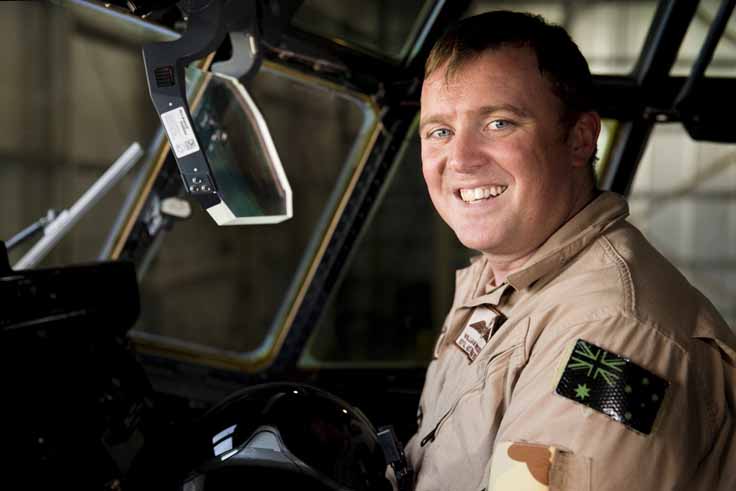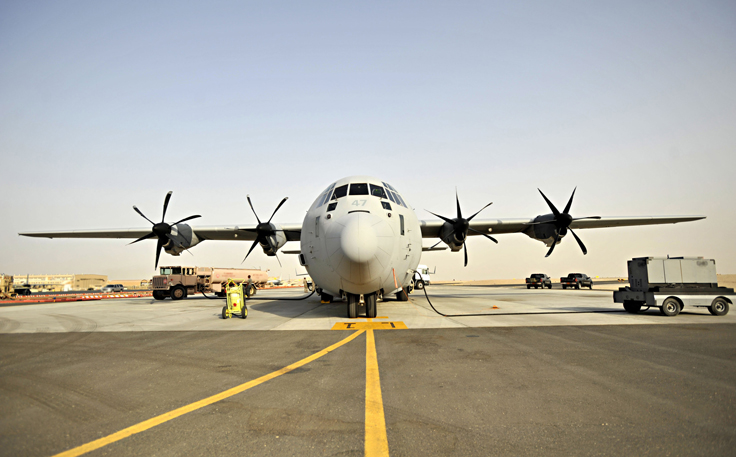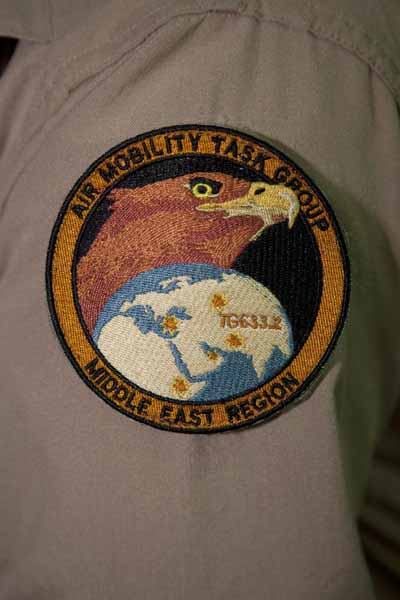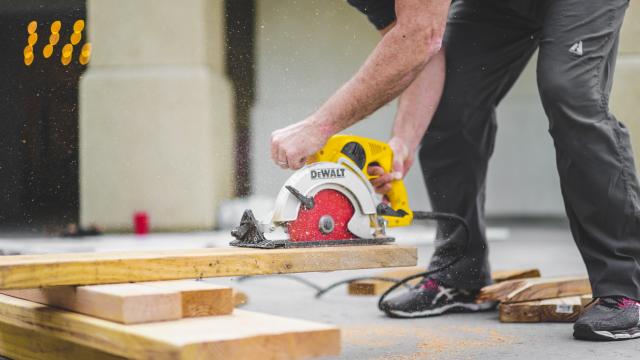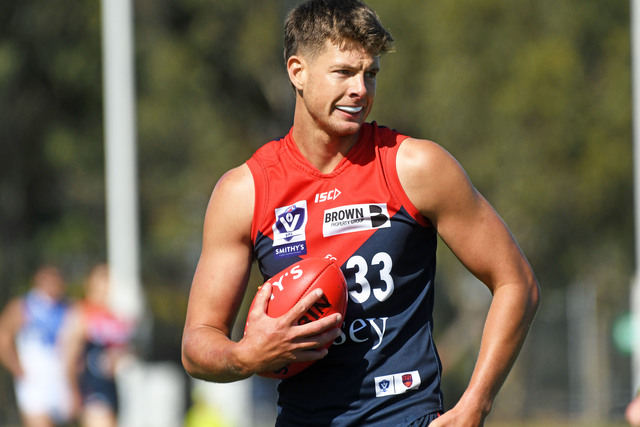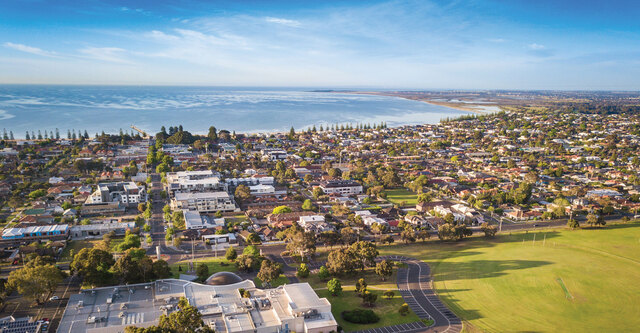Boyhood dreams of flying across the world are now a reality for a former Westbourne Grammar student from Altona.
Years of study and dedication have led Royal Australian Air Force pilot Squadron Leader (SQNLDR) William Harwood to his current assignment, which finds him flying missions for the Australian Defence Force across the Middle East.
Normally based at RAAF Base Richmond in New South Wales, SQNLDR Harwood is a C-130J Hercules transport aircraft pilot with No. 37 Squadron.
He is presently the commander of the C-130J Detachment with the Air Mobility Task Group based at Australia’s main support base.
SQNLDR Harwood is on his sixth operational deployment and is responsible for the supervision of close to 40 Air Force personnel, including the aircrew and maintenance staff who keep the aircraft flying into Iraq and Afghanistan.

C-130J HERCULES
“I reguarly fly missions to keep my skills sharp and maintain awareness of the situation in-theatre,” he said.
“It also helps to relieve some of the pressure of the aircrew in what is a demanding flying program.
“Crew days can be long, lasting up to 14 hours and we have worked up to 18 hours-a-day on some missions.
“It is a demanding job.”
Dream come true
SQNLDR Harwood joined the Air Force in 2004, straight out of Westbourne Grammar as a direct entry officer, and when he completed his training in 2006 he was lucky to get the job of his dreams, flying the Hercules.
“The C-130J is a fantastic aircraft,” he said.

“Although the C-130J looks similar to earlier models of the Hercules, there are massive differences in the avionics and the cockpit compared to the previous models.
“It’s now a two-pilot cockpit where computers do most of the tasks flight engineers and navigators used to do and equipment such as the heads-up display make the pilot’s job a lot easier.
“The aircraft is versatile and manoeuvrable, whether that be low-level flying at 250ft at night using night vision goggles or when flying high above possible threats in the Middle East.”
SQNLDR Harwood said every task or mission was different.
Career highlights
“I have always found flying the C-130J as a particularly rewarding job – we are able to genuinely help people,” he said.
“I am proud of our humanitarian assistance missions, such the air drops we have been doing at Mount Sinjar in north western Iraq or the work we did earlier this year in Vanuatu for Operation Pacific Assist after Tropical Cyclone Pam.
William said a highlight of his career occurred when a suspected illegal entry vessel exploded and caught fire off Ashmore Reef in 2009, resulting in casualties needing urgent aero evacuation to Perth.
“It was one of the longest days of my career,” he said.
A family affair
In October 2011 SQNLDR Harwood was posted on exchange to the United Kingdom and was based at RAF Brize Norton where he spent just over three years flying the British C-130J.
His fiancée FLTLT Courtney Kennedy, of No. 3 Aeromedical Evacuation Squadron, joined him on the trip and their son Peter was born in Oxford, spending his first eight months of life in England.

In early 2013 SQNLDR Harwood deployed with the British to Afghanistan and later that year deployed to the Falkland Islands for six weeks where he undertook maritime patrols as part of the RAF’s South Atlantic capability.
“My return to No. 37 Squadron gives me the opportunity to give back and share what I learnt from the RAF Hercules fleet to help adapt and improve the RAAF C-130J procedures,” he said.
“I’ve been on so many amazing trips and have been able to explore the world with my job.
“It can be hard to spend so much time away from home, especially with a young family, but I am lucky to have a fiancée who understands Air Force and my unpredictable occupation.
“There have been a few ‘white knuckle moments’ during my career, but we are well trained to react to an emergency, through regular training in the aircraft and simulator.
Always learning
When asked if he had any advice for junior pilots and aircrew SQNLDR Harwood said being a pilot in Air Force was a job in which the learning never stopped.
“The day you stop learning is the day you should give it up,” he said.
“I stress to my peers they must continue to work hard and develop themselves professionally throughout their entire career.
“Just because someone qualifies to a higher category of pilot does not mean it’s time to relax and rest on their knowledge.”
SQNLDR Harwood has flown several missions during this deployment and has spent more than 12 months in the Middle East during his career.
With more than 2500 hours of flying combat, humanitarian, special operations and search and rescue missions in the C-130J around the globe, he stands ready for his next mission and for whatever the future holds.
– supplied by Directorate of Defence News

